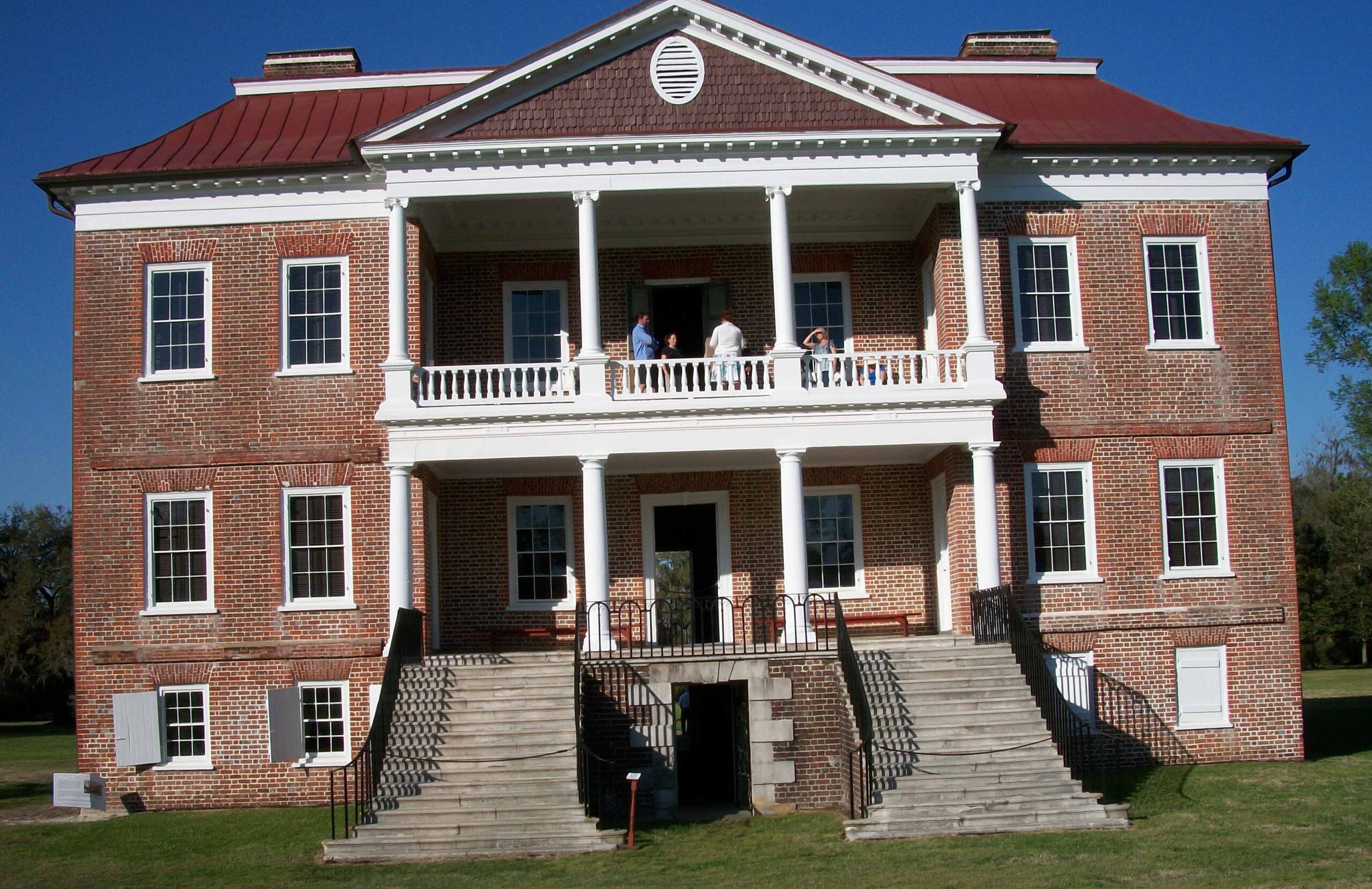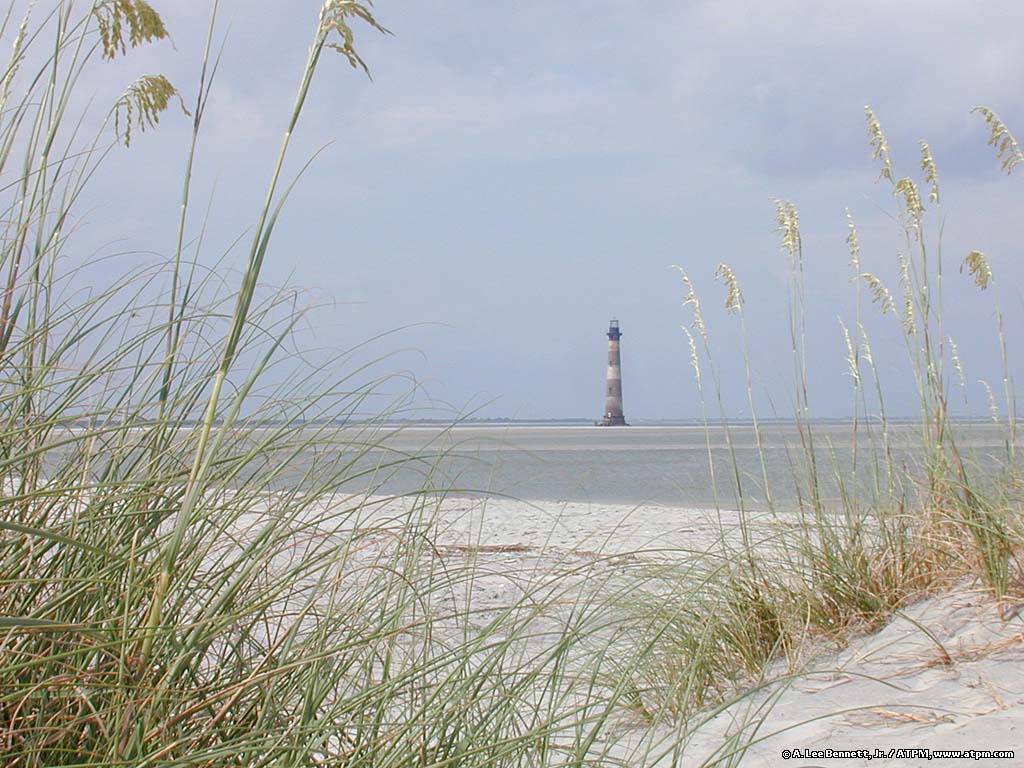If you Dream it, you Must have it. George Galphin, Indian Trader
Thomas Galphin, a well-known Indian Trader in South Carolina and Georgia, owned Silver Bluff, his great grading station where he lived and died. At this place, George Galphin was visited by one of the principal Indian Chiefs from beyond the Savannah River. While visiting, the Chief suddenly stood still and, looking at Mr. Galphin, said ” Mr. Galphin, I had a dream last night.” “And what did my red brother dream?” “Me dream you give me a ine rifle.” “If you dream it, you must have it” and the rifle was turned over at once. The next morning, as they walked around again, Mr. Galphin said to the Chief, ” I dreamed last night.” “What you dream?” ” I dreamed you gave me the red coat you wear and a calico.” “If you dream it, you must have it” and coat and calico was turned over. After many exchanges, the Chief became disgusted with the game of dreaming, getting the worst of it, and said ” Waugh! If you dream um, you must have um, but I dream with you no more.”
Marylanders Settled on Saluda River
In about 1805, many persons came from Maryland and settled not far from the Saluda. Among those who settled were John Bonham and Jared Edwards. Edwards had served under General Gates during the Revolutionary War and was in the battle of Camden when Gates was defeated.
The Great Fire of Charleston SC in 1861
A great fire occurred in Charleston on December 11, 1861, around 8:30 PM. General Lee had inspected the city’s defenses that day and was dining at the Mills House. The origin of the fire came from Slave refugees who had started a campfire near the sash and blind factory, which got out of control. It spread to the factory and Cameron’s Foundry next door, and rising winds blew it southwesterly in Market Street, where sparks set ablaze wooden tenements. Then the fire quickly road into the neighboring streets, and within minutes, the Gas Works were exploding into flames. It swept down Meeting Street, destroying the Circular Congregational Church, the Institute Hall where the Ordinance of Secession was signed, the Charleston Theatre, and other buildings. The fire swept down Queen and Meeting Streets and Friend Street. It was so terrible that citizens crouched in the streets. The magnificent Cathedral of St. John and St. Finbar burned to the ground.
The Great Fire of Charleston SC in 1861
The first French Huguenot Church in Carolina was built in 1687 on the corner of Church and Dock Streets in Charleston. Dock Street was so named because water flowed up East Bay Street into Queen Street. Boats were moored close to the church. Every Sabbath, the colony of Huguenots residing on the Cooper River arrived on the ebb tide. Access to the old cemetery is no longer permitted because of sinking graves. However, the burial plaques of the oldest members are inside the chapel on the walls. These plaques are published and available to members of South Carolina Pioneers
Where was Fort Galphin?
After the capture of Fort Granby by the British in 1781 and during the siege of Augusta, Colonel Lee (of Augusta) sent Captain Rudolph with his regulars to assist in the siege of Fort Galphin. The Americans soon took the fort, which was of great importance to the American cause. The fort was situated on Silver Bluff, owned by George Galphin, which property was later owned by Governor James Hammond.














